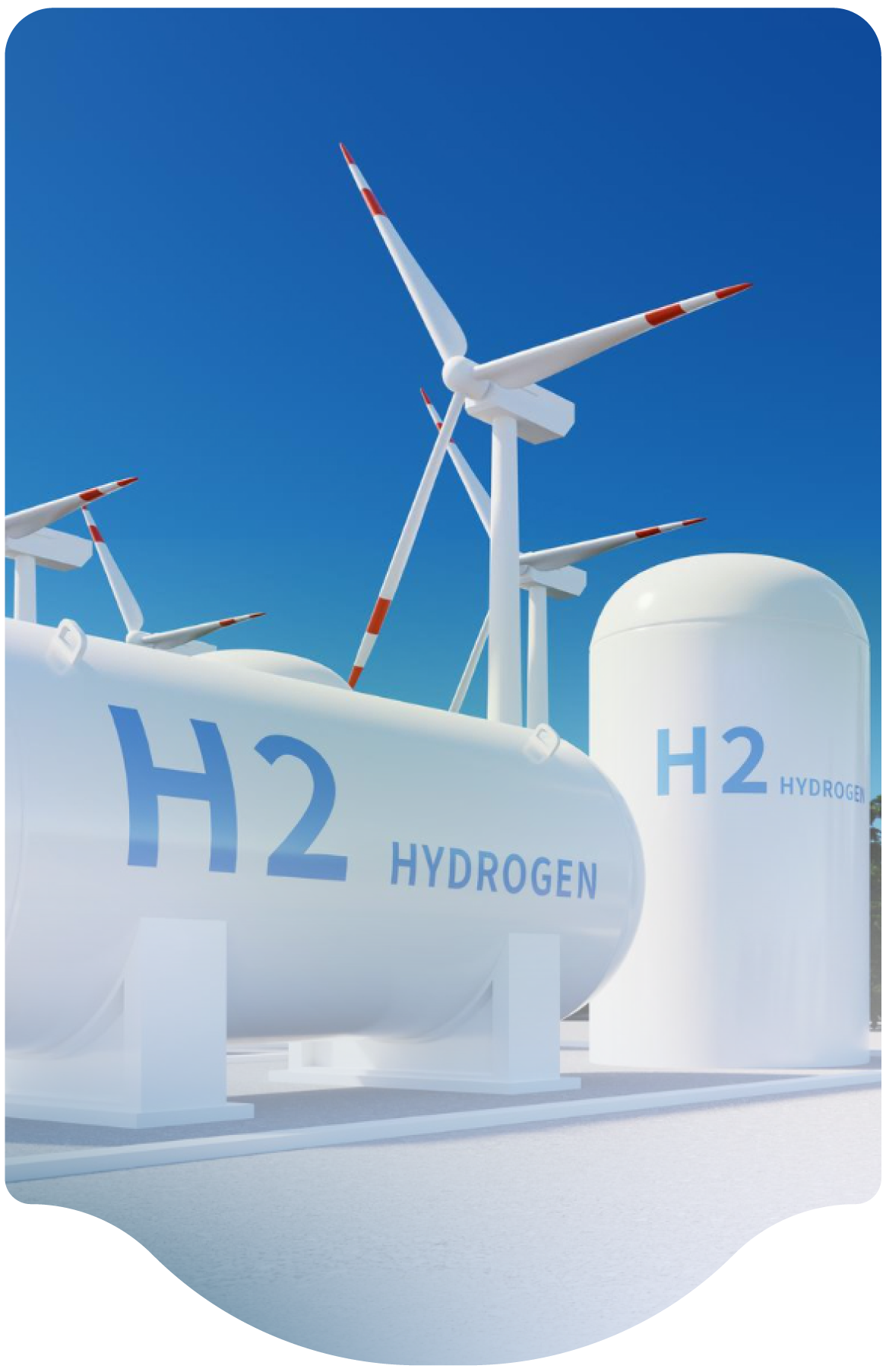- Home
-
Resources
- Center for Hydrogen Safety
- Hydrogen Fuel Cell Codes and Standards
- Learnings & Guidance
- Paper & References
- Web-based Toolkits
- Workforce Development

- Contact
- About H2Tools
- Welcome to the Hydrogen Tools Portal
- helpdesk@h2tools.org
FAQ
Frequently Asked Questions
Question & Answer
Category
FC Electric Vehicles, Properties, Site Planning
Category
FC Electric Vehicles, Properties, Site Planning
- 39 results found
- Clear All
In the case of fuel-rich mixtures like those in the question, the heat of combustion for the mixture should be calculated on the basis of the oxygen content of the mixture. The heat of combustion per mole oxygen is twice the heat of combustion per mole hydrogen, i.e., it is 286*2 kJ per mole O2. You should be able to do the calculations based on this reply.
Category: Properties
Keywords: Properties, Heat of Combustion
It’s not clear if “mobile” in the question refers to vehicle fuel tanks, or vessels used for transportation of hazardous materials.
- If it’s a Type 4 vessel for transportation of hazardous materials, it will be built to a special permit that details the inspection requirements. Special permits vary but they are generally consistent on a 5-year requalification period, which also…
Category: FC Electric Vehicles
Keywords: FC Vehicles, Storage, Tank, Inspection
FCEVs usually contain only a minimal amount of hydrogen fuel pressure (several Mpa) to support getting the car on and off car carriers. Panel members are not aware of any hydrogen release incidents during vehicle loading and don’t know what the probability of such a leak is considering the loading operations. A risk assessment accounting for the probability of collisions as well as leaks from…
Category: FC Electric Vehicles
Keywords: FC Vehicles, Ferry, Ship Transport, Lifting Equipment
Generally speaking, the International Fire Code and NFPA 2 apply to non-transportation use of hydrogen. These are maturing quickly, with NFPA 2 currently having issued its most recent edition in 2023. Standards for both on-board LH2 tanks and LH2 tankers for bulk fuel transport are managed by the U.S. Department of Transportation (DOT) and are well established. DOT transport requirements for…
Category: FC Electric Vehicles
Keywords: FC Vehicles, Gas, Liquid, Transport, Standard
Hydrogen gas storage and fuel cell systems are typically closed systems with a variety of monitoring and control functions to prevent leaks. Please check with the bus manufacturer and authority having jurisdiction to verify this is acceptable per their direction. However, a good safety practice would be to minimize the time spent indoors for these activities. Hydrogen vehicles maintained in a…
Category: FC Electric Vehicles
Keywords: FC Vehicles, Indoor Carwash
These distances are based primarily on hydrogen piping releases and resultant vapor clouds and jet flames based on pipe diameter and pressure. It’s important to note that many facilities have issues such as confinement and congestion, so it may be applicable to apply contemporary engineering models to assess risk.
Category: Site Planning
There is technically no upper limit for GH2 storage listed within the separation distance tables within Chapter 7 of NFPA 2. For LH2, there is a 75000-gallon upper limit for the LH2 storage separation distance tables within Chapter 8 for LH2.
It’s important to note that many facilities have site specific issues such as large quantities, confinement, and congestion, so it may be…
Category: Site Planning
Keywords: Site Planning, Separation Distance, Equipment, Liquid, Storage
The Global Asset Protection Services (GAPS) standard was written 20 years ago for property loss prevention at crowded chemical plants and is intended for existing and new oil and chemical facilities to limit explosion over-pressure and fire exposure damage; thus, the purpose is different than NFPA 2. NFPA distances were based on studies from the 1960s as well as qualitative factors that were…
Category: Site Planning
Keywords: Site Planning, Separation Distance, Equipment, System Design
Previous versions of NFPA 55 listed overhead power lines within the separation distance tables with no voltage distinction. The separation distances were 15 ft for GH2 and 25 ft for LH2 for all overhead electrical lines. The current edition of NFPA 2 includes these in overhead utilities; the distance for GH2 and LH2 will vary with pressure and diameter of the hydrogen piping. In practice, high…
Category: Site Planning
Keywords: Site Planning, Separation Distance, Electric Power Lines
This is not an easy question since many factors influence how much hydrogen can be transferred from one vessel at a higher pressure to another one at a lower pressure and the rate at which it can be transferred. The pressure in the higher vessel will fall while that in the lower vessel will rise as gas is transferred, so the flow rate will typically slow down and eventually stop as the…
Category: Properties
Keywords: Properties, Density, Volume, FC Vehicles, Fueling Station
We are professional and reliable provider since we offer customers the most powerful and beautiful themes. Besides, we always catch the latest technology and adapt to follow world’s new trends to deliver the best themes to the market.
Contact info
We are the leaders in the building industries and factories. We're word wide. We never give up on the challenges.
- 2 Queen Street,California, USA
- (+84) 04 123 456
- :Helpdesk@h2tools.org
